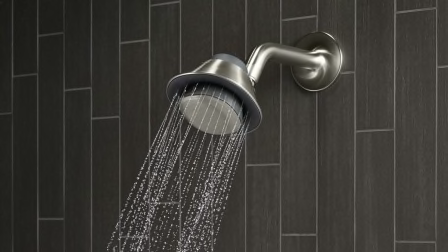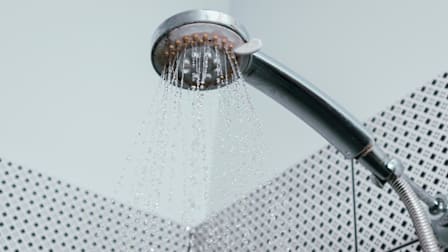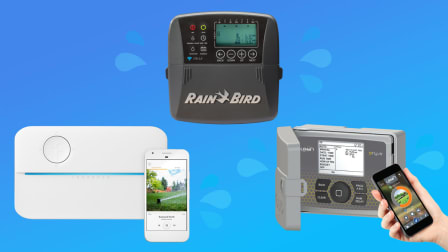4 Best Rain Barrels From CR's Tests
Rainwater harvesting can cut down on your water bill, but it comes with some disadvantages. Plus, there's the issue of those pesky mosquitoes.
When you shop through retailer links on our site, we may earn affiliate commissions. 100% of the fees we collect are used to support our nonprofit mission. Learn more.
Until recently I had never heard of rain barrels outside of my grandmother’s small farm in the Dominican Republic. For her, it’s a necessity because the small town she lives in shares its water source with neighboring towns, cutting off her supply for days at a time each week. In addition to the large cistern she fills with the treated water that runs in her home, she maintains a rain barrel for the outdoor watering she’d rather not waste potable water on.
Water scarcity is a serious problem across the globe, including in many parts of the U.S. Our water sources are shrinking while our need for water continues to grow, leaving many towns scrambling for new ones.

















